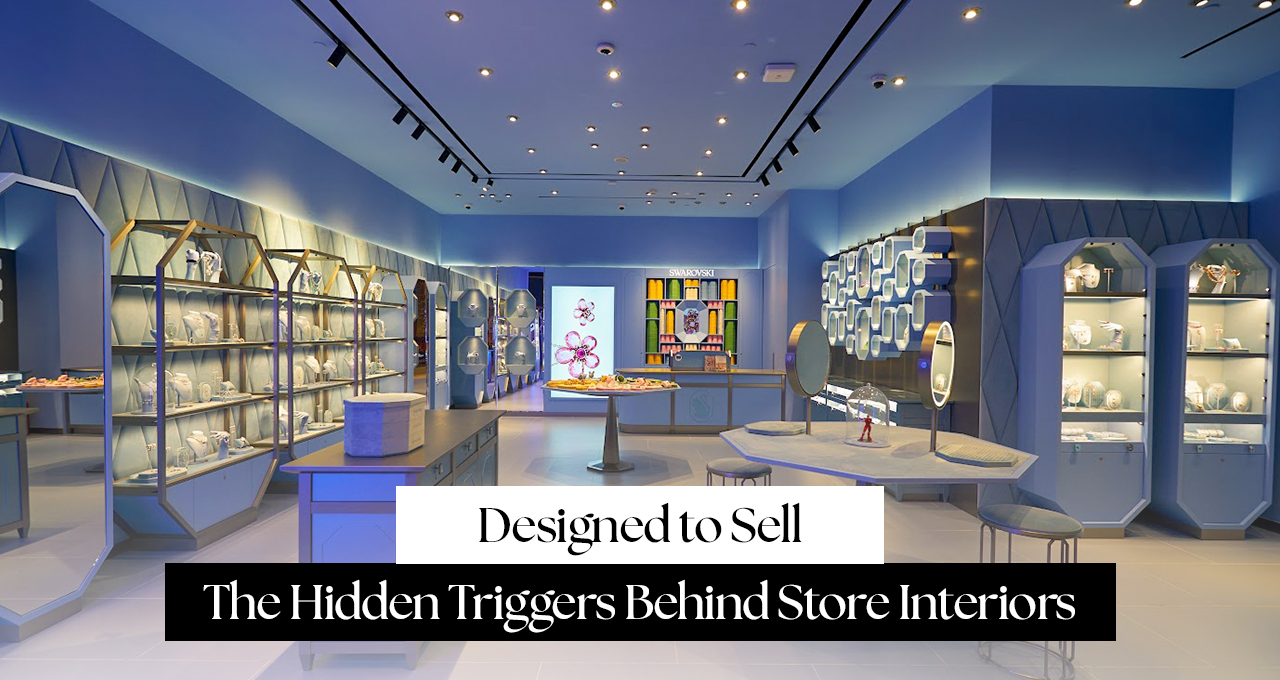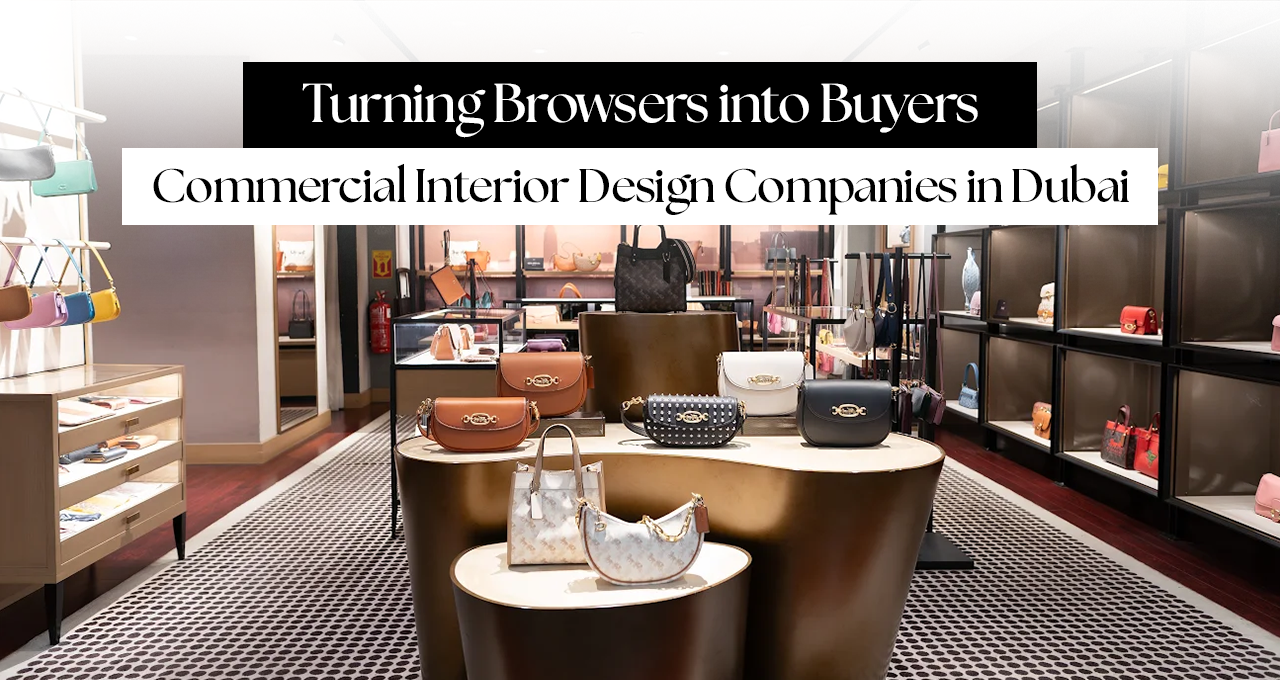6 Elements of Restaurant Interior Design & How They Influence Customers | Contractors Direct
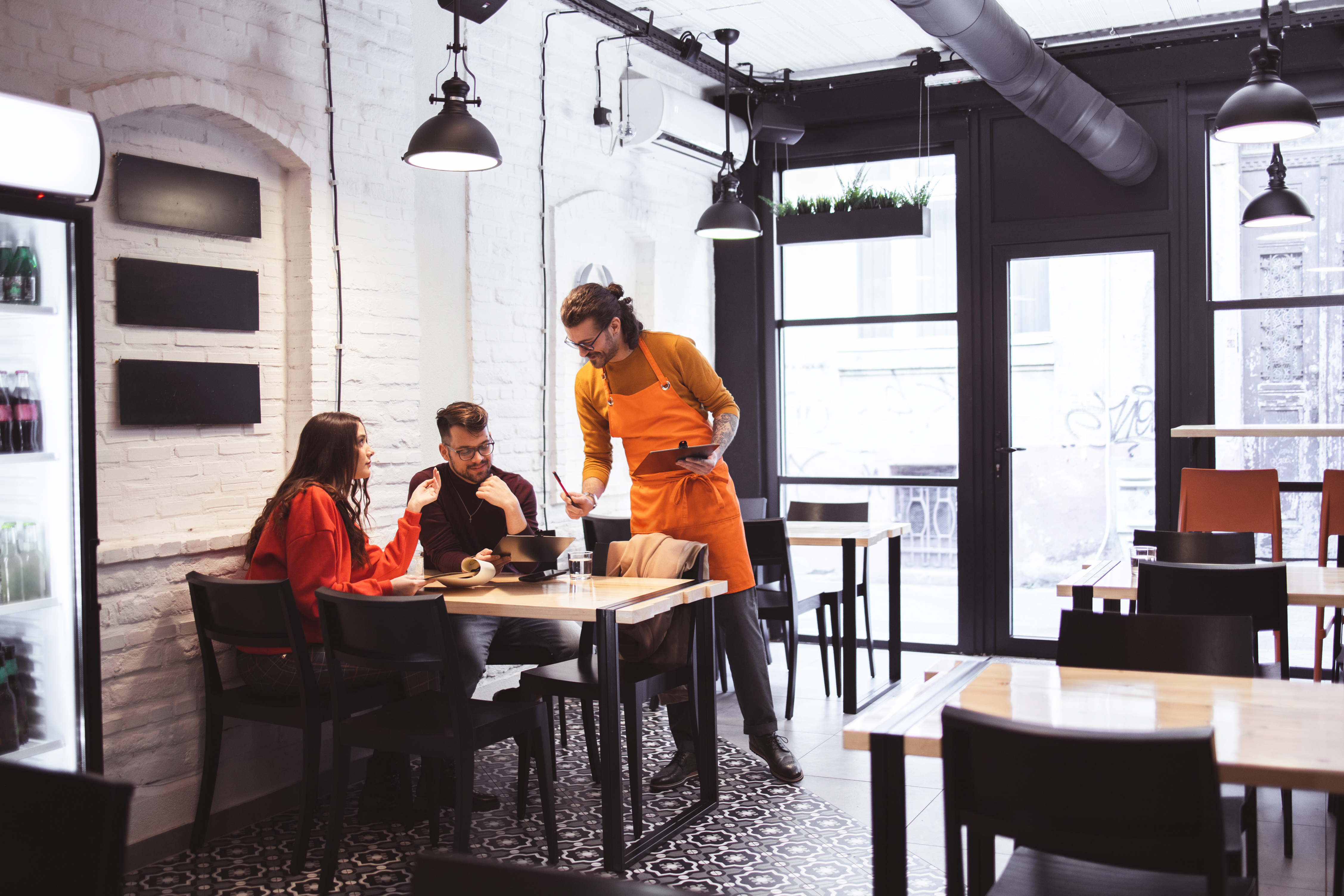
The psychology behind interior design is a fascinating topic that many studies have been conducted on. Research has shown that different elements of a restaurant’s interior design can actually influence customers moods, decisions and behaviour.
And since interior design plans can be tailored and personalised to suit an individual business’ specific needs, the practice of basing the décor and layout of your restaurant on psychology-based findings has benefitted restaurateurs greatly.
In this article, we look at the 6 primary elements of restaurant interior design and how they can influence customer experience and psychology.
1. Architecture and design
The most essential aspects of any interior design project are architecture and design. The layout, space planning and floorplan you choose will dictate the look and feel of your restaurant, as well as have a major influence on the customer experience. In short, your interior design plan needs to be functional and practical, not just aesthetically pleasing.
Ideal spacing
One of the first things you need to ensure is that your layout makes your restaurant feel spacious. Your establishment should never look claustrophobic during rush hours, while staff should always be able to navigate the floor comfortably without bumping into people or crashing into tables. It doesn’t matter how pretty your interior design is if your servers cannot do their job and customers are uncomfortable in their designated spaces.
A good suggestion to follow is to dedicate an area of 20 square feet per to each seat if you’re running a fine dining restaurant. If you’re a quick service restaurant, an area of 10 square feet per seat is ideal. This will ensure that both your diners and staff have ample space and will enhance the customer experience.
Important tip: If possible, 60% of your restaurant space should be dedicated to the dining area, while the remaining 40% should be divided into the restrooms, kitchen, storage and any other facility you need.
Location of facilities
Customers should be able to locate the service station, kitchen and restrooms with little to no hassle. Service stations are best installed in the centre of the restaurant, while reservation desks should be located at the entrance.
Kitchens should be seen from every corner of the restaurant. When customers can see where and by who their food is being prepare, it fosters trust and comfort, leading to a better customer experience.
Restrooms should be located far away from the kitchen, but should still be visible and clearly marked so that customers can easily direct themselves.
2. Lighting
Everything about your interior design could be perfect, but if the lighting isn’t great, it could kill the atmosphere and aesthetic completely. Lighting contributes heavily to the look and feel of your restaurant.
There are three types of lighting: ambient, task and accent lighting.
Ambient lighting defines the overall look and feel of your restaurant – will you opt for a dimly lit space or a bright one that’s heavy on the lights?
Whatever your decision, ensure that your ambient lighting suits the tone of your restaurant. Fine dining establishments tend to choose dim ambient lighting as it sets a relaxing and romantic mood and atmosphere. They want their customers to linger and order more, and this lighting choice subtly influences them to do so. However, quick service restaurants prefer their spaces to be well lit, which invokes customers to eat faster and leave quicker – the desired reaction for a business that requires a high customer turnover.
Task lighting is strategically placed lights specifically used for performing tasks, like reading a menu. The light is used in such a way that it does not conflict with the mood set by the ambient lighting but still aids staff and customers with what they need to do. It’s usually used to highlight pathways or installed in unique features like sushi bars or minibars to draw attention to them.
Accent lights are used for an extra aesthetic touch that is mainly used for decorative purposes. Experiment with accent lights and see where they work best in your restaurant. However, they are usually incorporated into light fixtures on walls rather than overhead, or used to reinforce the colours of the restaurant’s brand. Be careful not to overdo it with accent lights or it will ruin the purpose of adding it to your interior design in the first place.
3. Seating
You might be surprised to learn that the type of seats you pick for your interior design can impact your customer’s psychology and experience. The seating you choose for your restaurant should be functional, aesthetic and serve a purpose.
For example, quick-service restaurants like McDonald’s have comfortable seats, but not enough to sit on for a long period, prompting them to eat faster and leave quicker. However, fine dining establishments that want their customers to stay longer and order more, would have seating more along the lines of cushioned seats, recliners and heavy sofas for a more comfortable, relaxed setting.
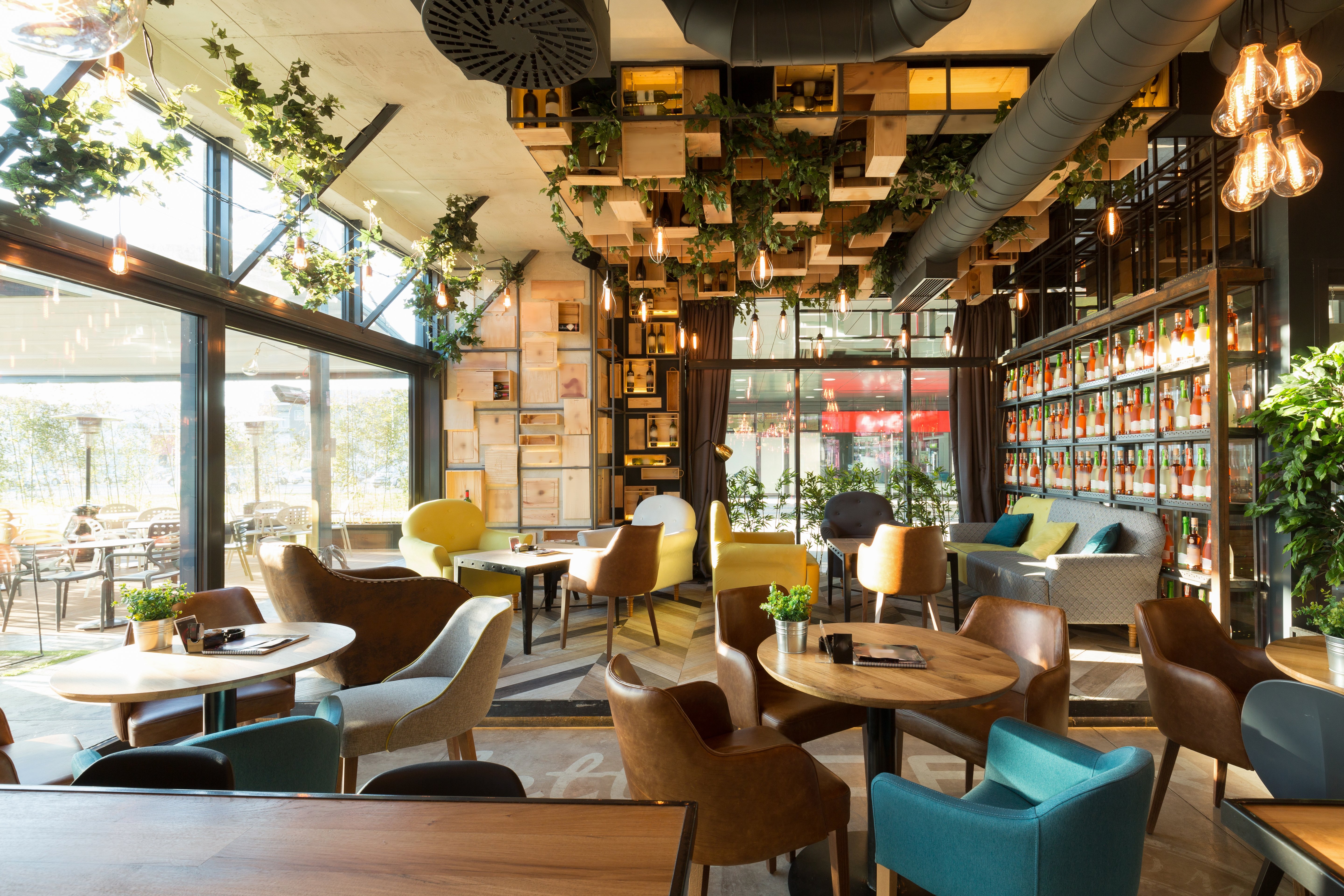
4. Colours
There has been a lot of research conducted on how colour schemes impact human psyche. From corporate offices to your very own home, colour plays an important role in interior design. Different colours trigger different emotions and set different moods.
Make sure to do your research on the effects of each colour and choose a scheme that aids the goals of your restaurant, not hinders it. Some colours stimulate your appetite while others suppress it.
Warm colours, like red and orange, are two of these colours that are potent stimulants that cause individuals to crave food and drinks. Yellow is also known to bring out people’s appetites. Blue, on the other hand, is a suppressant as it relaxes and calms diners, causing them to order less.
5. Aroma
Not many people are aware that scent marketing is a thing. Yes, it’s very real and very effective. When you walk by certain cafes or restaurants, like Starbucks or Pizza Hut, your attention is immediately grabbed by the overwhelming aroma wafting out of the store and you can’t help but walk in.
According to research, the right scent can increase your food sales by 300%, so make sure that you include it in the interior design plan for your restaurant. In fact, studies have also shown that scents increase impulse buying by 6%, buying intention by 14.8% and the length of a customer’s stay by 15.9%.
Invest in an open kitchen or a ventilation system that will float the scent of what’s cooking around the dining area and out the door to whet the appetites of those passing by.
Or you could opt for artificial scents. Like colour schemes, different scents invoke different emotions in people. Chamomile, lavender and vanilla are known to reduce stress and relax the mind – perfect for a fine dining restaurant. The smell of baked bread would work well in a dessert restaurant or bakery. And peppermint, cucumber and citrus make one feel refreshed – ideal for a restaurant or bar catering to after-work corporate employees.
Whatever your brand or customer base, there’s a scent that will complement your restaurant perfectly.
Important tip: Never use the scent of barbecue in your restaurant – even if you run a barbecue establishment. It makes the space feel small and stuffier while suppressing customers’ appetites.
6. Music
The last major element you should incorporate into your interior design plan is acoustics. Music plays a vital role in setting the mood and greatly impacts the customer experience.
Volume
Getting the volume level just right can be tricky. It can’t be too loud as it will drown out conversation and create too much noise. However, having the volume too soft will result in customers feeling awkward as they may assume that other diners can hear them talking.
Important tip: Use acoustic control techniques like false ceilings, carpets or curtains to regulate the volume of your music.
Type of music
The type of music you should play in your restaurant depends on the clientele you’re catering for. For high-end restaurants, we’d recommend instrumental or classical, while fine dining restaurants could consider having a live piano as entertainment.
Restaurants that fall between fine dining and quick service restaurants can play popular, trending music that their customers are likely to recognise.
Important tip: During rush hour, play music with faster beats to encourage customers to eat faster and leave quicker. Use songs with slow tempo beats during off-hours to urge customers to linger and order more food and drinks.
Next steps
Now that you have a good idea of what to keep in mind when it comes to the interior design portion of your restaurant fit out, you’ll need someone to help you craft and execute your project. We’ve helped you get this far and we don’t plan to stop now.
Contractors.Direct offers a curated database of thoroughly-vetted, quality contractors who can bring your vision to life, on time and on budget. Get in touch with us and we’ll be happy to connect you with the right people for the job.

Written by Kirsten Delcie
As a seasoned project professional, Kirsten has been curating and creating content for Contractors Direct since the company's inception. Her diligent research methods and style lend themselves to the valuable insight driven blog posts you see here. Outside of content creation Kirsten is an avid reader and scuba diver and combines both as often as possible!
Ready for a Stunning New Space?
Dream for a new look for your space? Make an appointment today for the perfect contractor for you. We'll work with you to make your vision a reality.
Related Posts
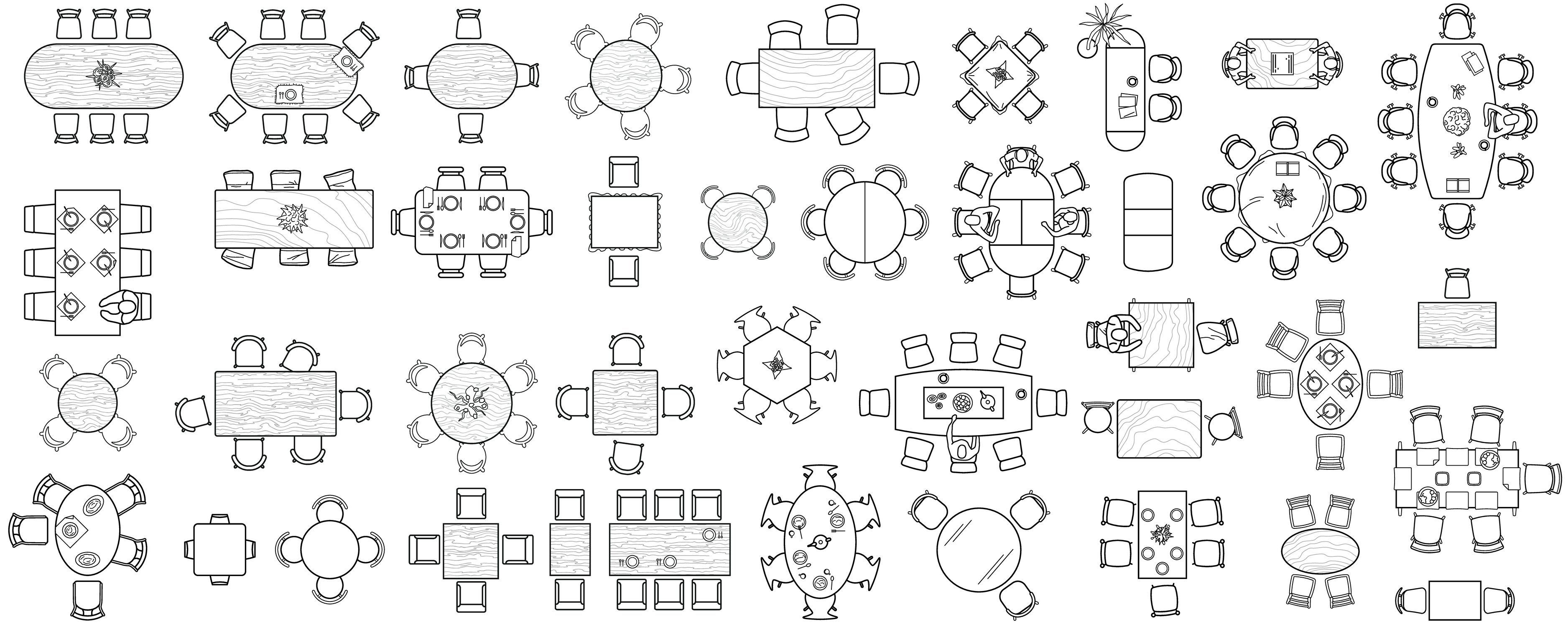
Why Space is an Essential Element in the Customer Journey in a Restaurant
If you want a successful restaurant, you need to ensure that your customers...
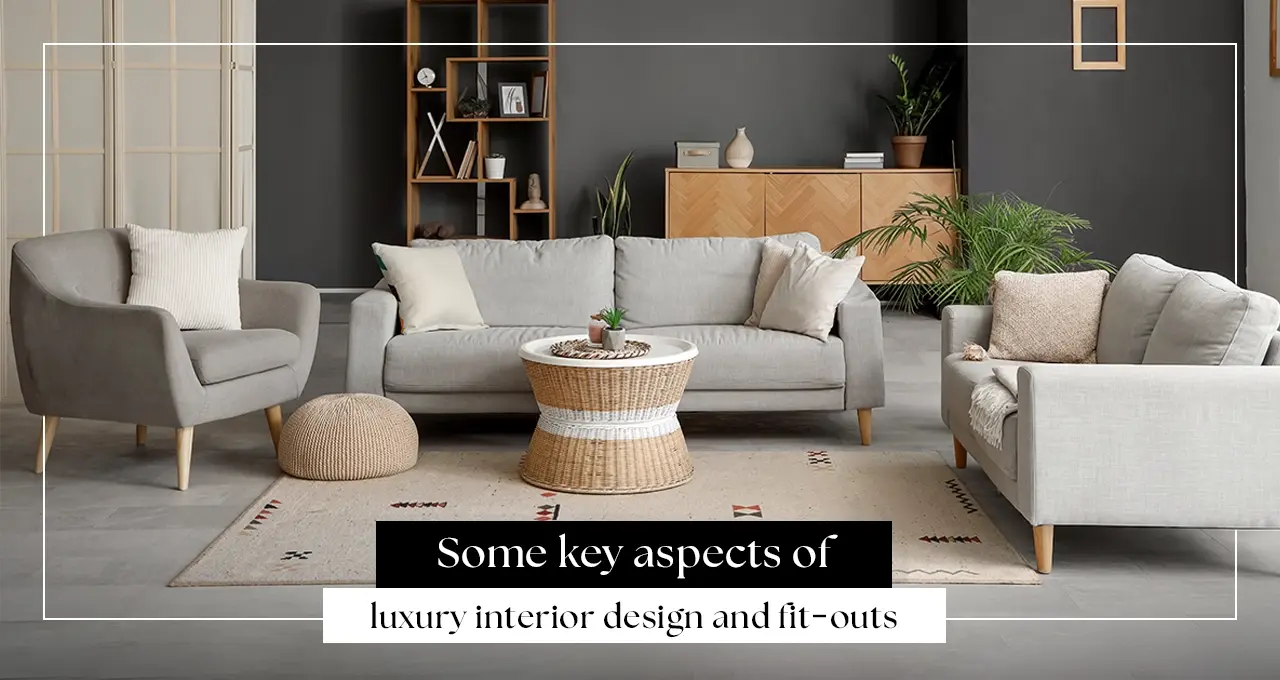
How Interior Design Influences Your Mood and Well-being
When we think about our house, apartment or residential property as a home we...
